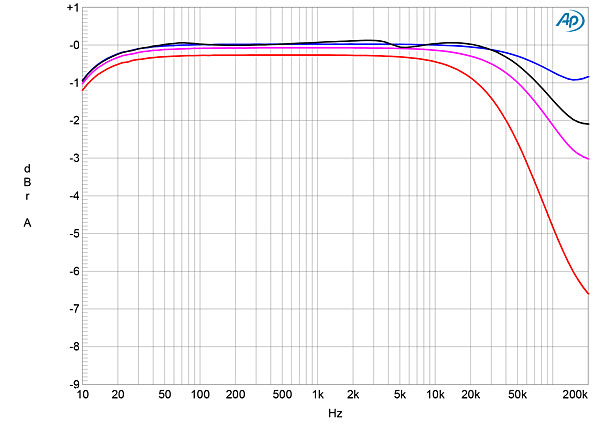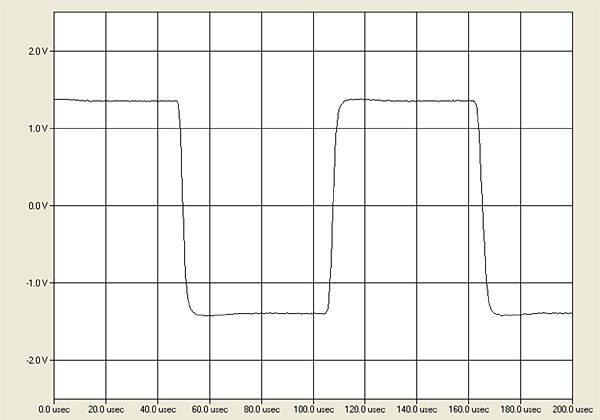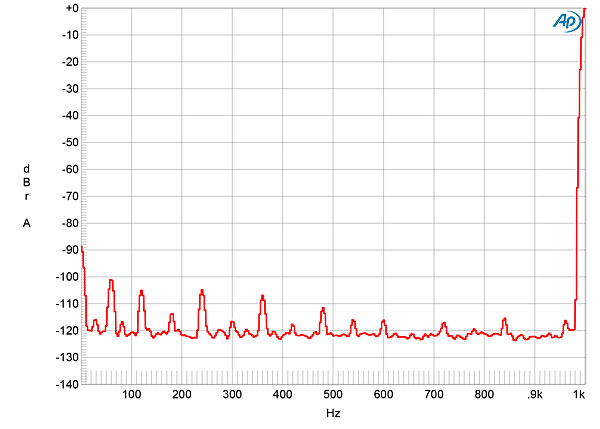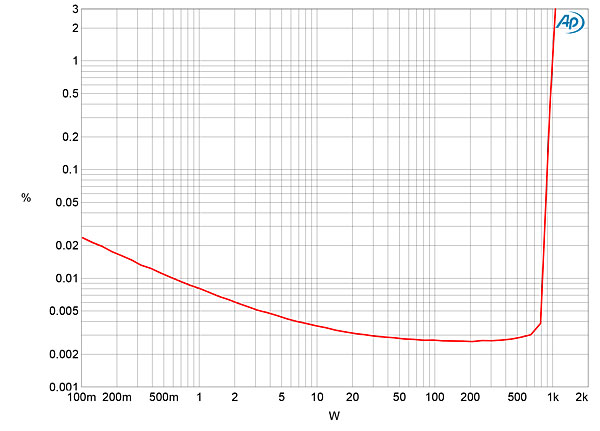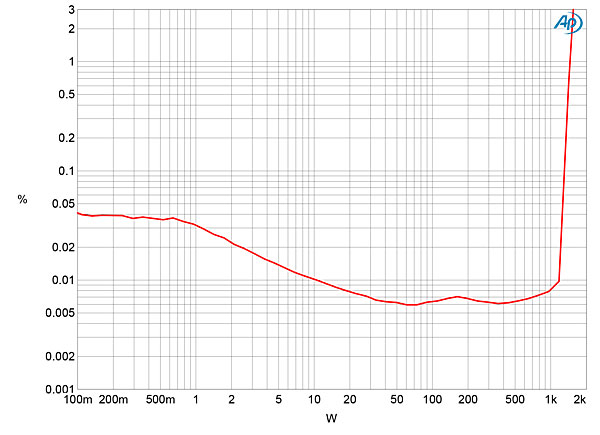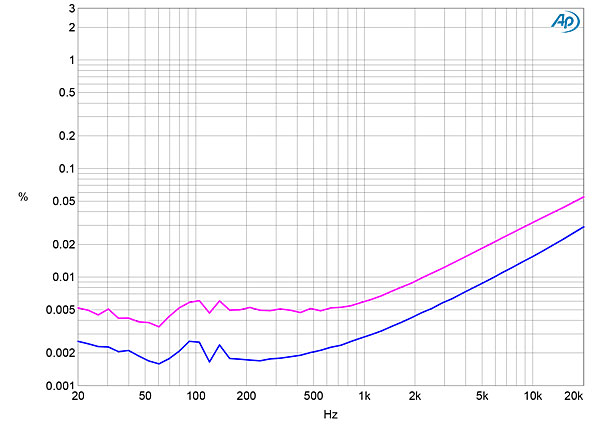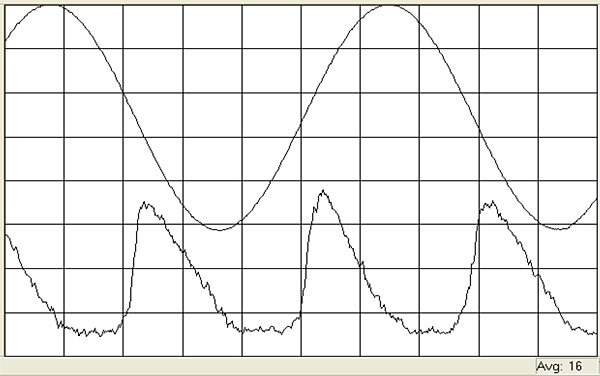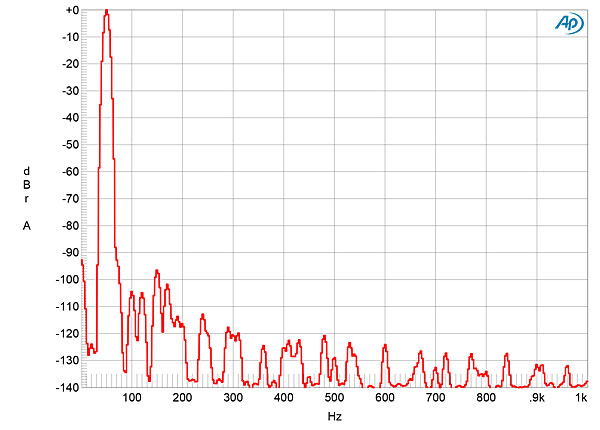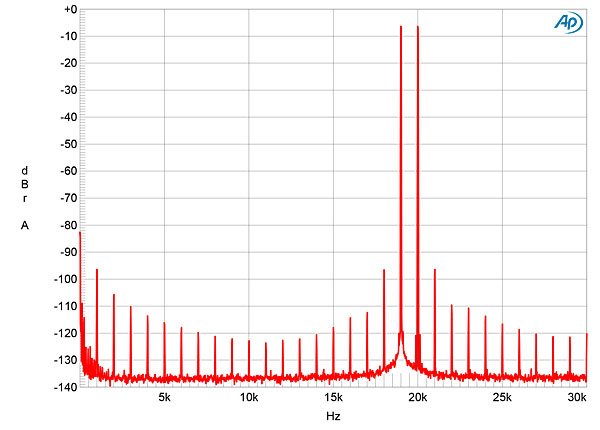| Columns Retired Columns & Blogs |
It seems they punch above their weight, so to speak!
Not in my budget, but if they were, I'd be racing out the hear them.
They seem like a cool benchmark product, did they go back or are they sticking around for more comparisons?
Really, a pretty exciting product.
Added: JA1's measurement section was also pretty darned interesting. Just don't let Golden Sound get hold of these. ;-D
